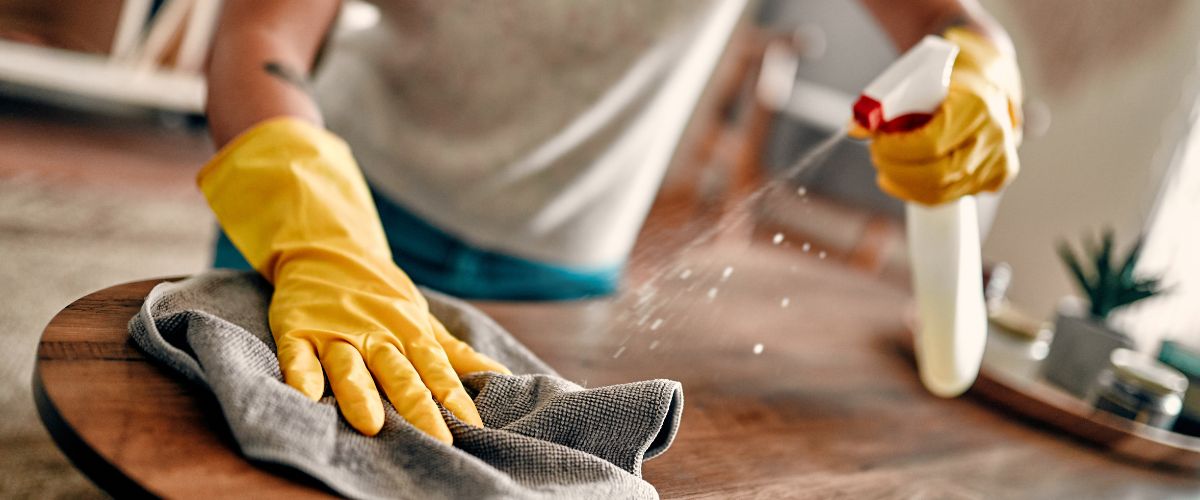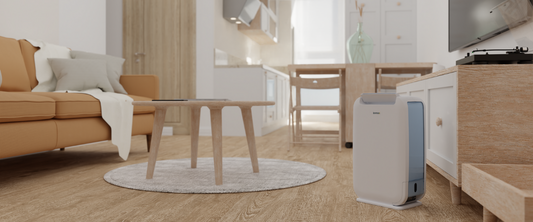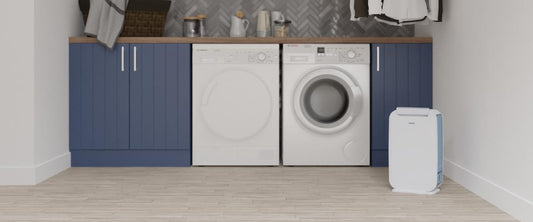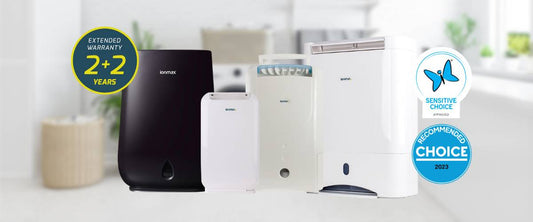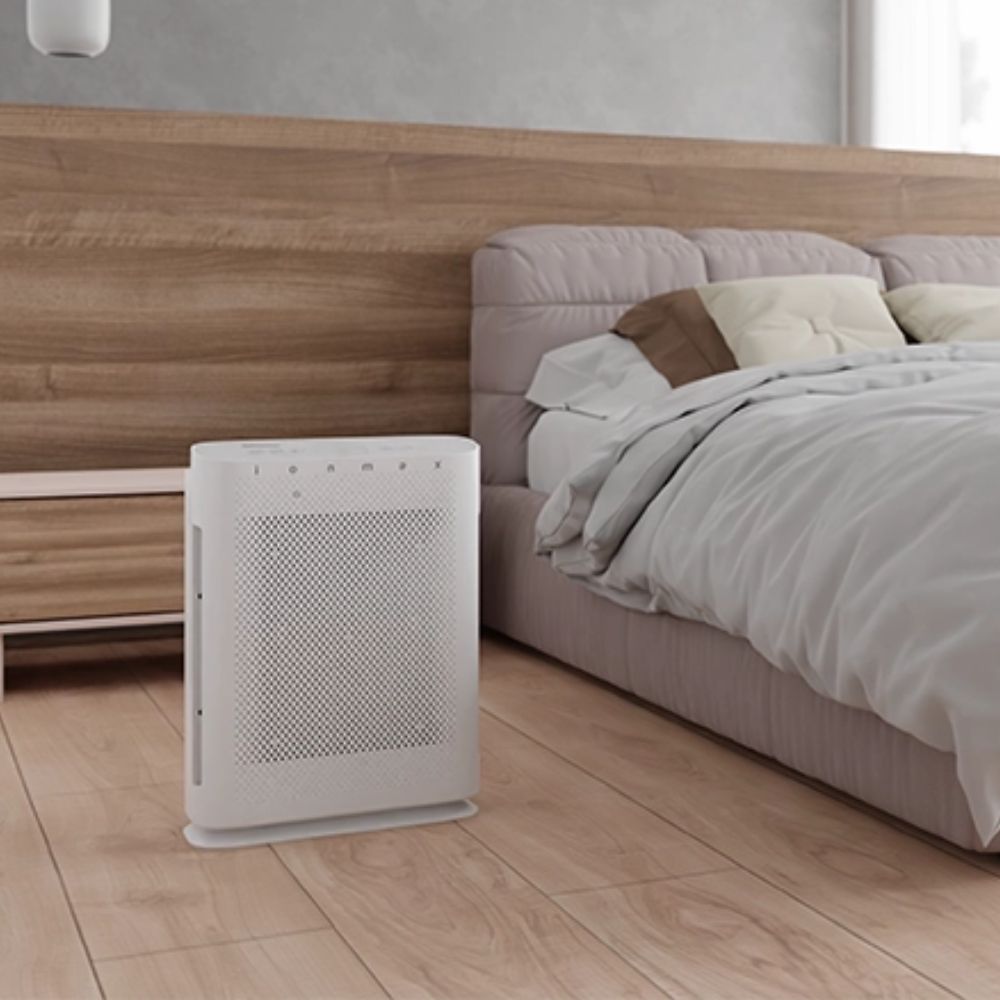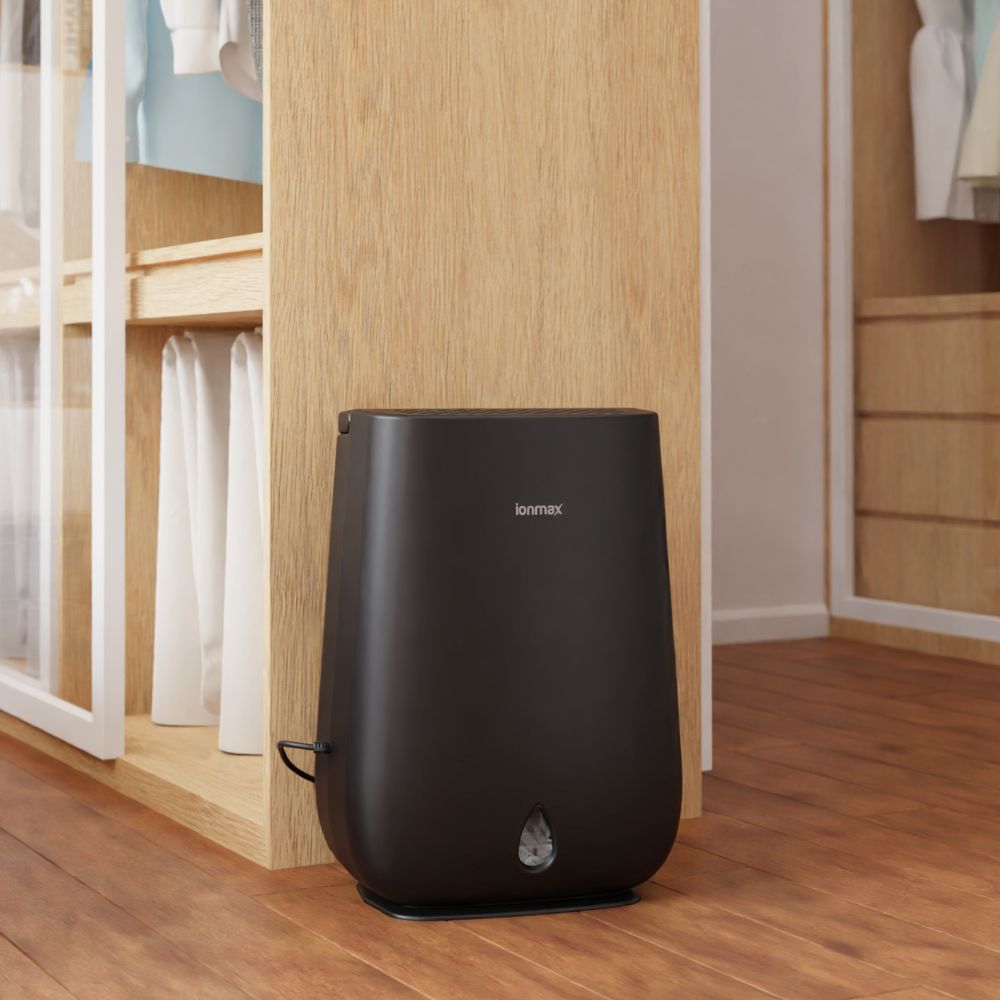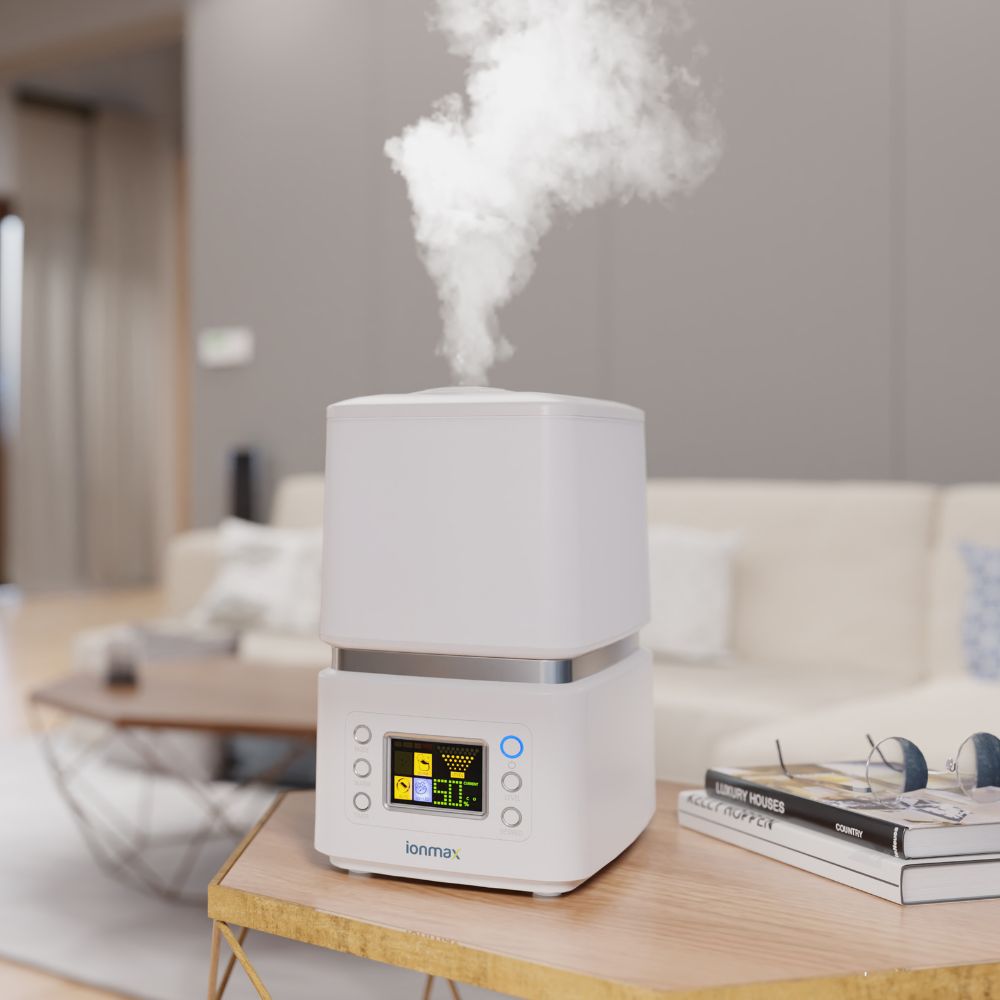Did you know that a 30-minute kitchen clean-up using common household cleaners, wipes and sprays dramatically boosts harmful indoor air pollution?
Canadian environmental advocacy group, Environmental Defence, tested the air in 14 Ontario homes the day before the kitchen cleaning, then again for a two-hour period during and after the cleaning.
Some homeowners were given popular wipes, cleansers and glass sprays to use, some were given products with non-verifiable “green” claims and two used certified green products.
The study found that concentrations of volatile organic compounds (VOC’s) more than doubled in nine homes, while the air quality in 12 of the total 14 households involved was above the level that some jurisdictions consider safe.
Average increase in VOC pollutants after using the cleaners:
↑ 120% for common cleaners,
↑ 100% for unverified “green” products,
↑ 35% for the certified green products, which listed all their ingredients on the label.
To put the findings in perspective, the average level of VOCs in homes using the common cleaners was slightly higher than a nail salon and marginally lower than inside a brand-new car.
The study highlights the hidden dangers of household cleaners and the risks of exposing ourselves to VOCs at home. While we’ve previously discussed ways to improve indoor air quality, this post will focus on how to do so with reducing the amount of pollutants and VOC’s indoors.
Read on for more information on VOCs and what to do to reduce its harmful effects to you and your family at home.
What are Volatile Organic Compounds (VOCs)?
Volatile organic compounds, or VOCs, are organic chemicals that are found in both human-made and naturally occurring chemical compounds. They are a large group of carbon-based chemicals that easily evaporate at room temperature.
Studies have shown that the level of VOCs indoors is generally two to five times higher than the level of VOC’s outdoors.
There are thousands of different VOCs produced and used in our daily lives. Some examples of sources of VOC’s are building materials (carpets, adhesives, paints), home and personal care products (air fresheners, cleaning and disinfecting chemicals, moth balls), and other common household products (newspapers, photocopiers, wood burning stoves).
Dangers of VOCs to Health
Harmful VOCs typically are not acutely toxic, but have compounding long-term health effects. Breathing low levels of VOCs for long periods of time may increase some people’s risk of health problems. Several studies suggest that exposure to VOCs may make symptoms worse in people who have asthma or are particularly sensitive to chemicals. These are much different exposures than occupational exposures to VOCs.
Short term, acute exposure to high levels of VOCs can cause eye, nose and throat irritation, headaches, worsening of asthma symptoms and dizziness. Long term, chronic exposure can increase risk of cancer, liver damage, kidney damage, and central nervous system damage.
Persons with respiratory problems such as asthma, young children, elderly, and persons with heightened sensitivity to chemicals may be more susceptible to irritation and illness from VOCs.
What can I do about VOCs that are in my home?
The best health protection measure is to limit your exposure to products and materials that contain VOCs when possible.
If you think you may be having health problems caused by VOCs, try reducing levels in your home. If symptoms persist, consult with your doctor to rule out other serious health conditions that may have similar symptoms.
Identify common sources of VOCs in your home

Sources that may be problematic include household furnishings which tend to off-gas more VOCs when they are new. Possible sources include carpet, furniture, paint, plastics or electronic devices.
It is also a good idea to check the Australian Environment Department’s National Pollutant Inventory for updated details on VOCs. Their fact sheet includes a list of known VOCs that you can look out for when you next buy something such as household cleaning products.
Reduce levels of VOCs in your home
The most effective action is to remove the product that gives off VOCs. Most products containing VOCs will off-gas within a short period of time, although some will continue to give off VOCs for a longer period of time.
Only purchase amounts of chemicals that you know you will use and carefully follow directions on product labels.
Remove unused chemicals from the home because stored chemicals in closed containers can sometimes “leak” and release VOCs into indoor air. Check with your local city council for household hazardous waste collection sites.
Ventilate and use climate control at home
Whenever using a product that gives off VOCs, increase ventilation by opening doors and windows, use fans, and maximise air brought in from outside. If this is not possible (e.g. you live in an apartment with few windows), then it’s a good idea to invest in an air purifier with an Activated Carbon filter, which neutralises VOCs, odours and other harmful gases.
Keep both the temperature and relative humidity as low as possible or comfortable. Chemicals will off-gas more under warmer conditions with high humidity. Dehumidifiers can help with optimising humidity levels at home and be helpful in further improving indoor air quality. If performing renovations, do so when the home is unoccupied or during seasons that will allow for additional ventilation.
Disclaimer: The information provided in this article is for general reference only. Please seek advice from professionals according to your needs.

